There is one glaring problem with the Internet of Things: it always seem to require special apps to do anything. While some devices will naturally need dedicated apps to deliver the best user experience — such as smart coffee makers or the Nest Thermostat and Nest Camera — there are others which could stand to eliminate the cumber associated with interfacing with one of these smart things.
Take, for instance, a mobile shopping experience at a retail store or restaurant, or an interactive display at a bus stop or movie theater. Typically you’d have to either download a special app to take full advantage of those features, or scan archaic QR codes and type in URLs to go to a web-based companion site.
Enter Google’s new platform – Physical Web – to rid us of those burdens. The open platform allows physical objects/places to automatically broadcast URLs to nearby devices (such as mobile phones of passersby). The goal is for any smart object to be able to have its own special web URL that can point to more information or virtual experiences. The URL can be instantly beamed to your phone or tablet simply by walking up to it through the use of modern wireless data technology like Bluetooth LE.
This guy has the right idea. His early experiment is a queue system that users can use to “get in line” (at a restaurant, or a customer service desk at a carrier store, perhaps) by checking in at the place’s welcome desk:
He didn’t need a special app or anything to hop in line, and thanks to modern web features — like Google Chrome’s device notifications — he was able to get a real-time notification whenever it was his turn to step up to the counter and receive service. That’s exactly the kind of stuff Google imagined when they began work on the Physical Web.
Not just another 20% project
The project has been in the works for quite some time, with Google’s first formal announcement coming as far back as October 2014. The company has been careful to call Physical Web an experiment, but there’s reason to believe it will blossom into something much more down the line.
For starters, the project was recently demonstrated at a Congress conference about the Internet of Things. That’s a rather big and important audience for something that Google only considers a mere experiment. We’re also sure they wouldn’t have bothered with a trademark for the thing if they weren’t planning on something big.
There’s also this neat app for developer testing in the Google Play Store, which is funny considering the whole goal of this project is to eliminate the need of an app to begin with. In fact, the developers who uploaded the app noted that bit of humorous irony in its description:
Yes, we are asking you to download an app so you ‘don’t have to use apps’. It seems a bit silly doesn’t it? At this early stage, an app is the easiest way to let developers experiment with the protocol. Of course, the app will eventually go away, becoming part of the OS.
Wait, what’s that last part? Becoming part of the OS? That’s what it says, folks. One can immediately assume that Google hopes to implement the Physical Web in a future version of Android (Android 6.0, anyone?).
Physical Web: the iBeacon slayer?
The thought of it being an awesome killer Android 6.0 feature is exciting, and we wouldn’t blame you for suggesting this is Google’s “answer” to iBeacon, an Apple-made system that serves a similar purpose. The Physical Web differs in two distinct ways, though:
- iBeacon still mostly requires an app that implements iBeacon features, so you still have to download that Starbucks app if you want deals to pop up the moment you walk inside the shop. The Physical Web does it all via standard web through the use of URLs, so any browser will do.
- iBeacon is iOS-only, which alienates a pretty large group of potential customers.
The difference with the Physical Web — and a lot of things Google works on — is that it’s about more than just Android. It makes sense for Google to be prepping the Physical Web for use in their own operating system, but it’s their hope that this will become an open standard which other OS vendors use in their respective wares, as well.
You should be able to walk up to that Starbucks and get that inconsequential 5 cents off your caffeine-fueled drink no matter which device you use, and without having to download a special app, to boot.
Everyone needs to get involved
The idea of the Physical Web is one of great importance which certainly deserves attention. Platform fragmentation is inevitable, so why add to the world’s problems by introducing new puzzle pieces at every step of the way to deliver a great user experience?
Most advancements in technology are made to simplify our lives, but — for the ever-changing mobile world, anyway — we often seem to add more complications than we eliminate. Requiring me to have an iPhone and download your app just to gain “easy” access to information, content and deals is counterintuitive in every sense of the term.
And that’s why the work done on the Physical Web — and any open Internet of Things platform, really — is important for the future of this still-infant category of technology products. The goal for an internet-connected society like the ones dreamed about in The Jetsons should always be to break down the barriers of entry wherever and whenever possible, and not to punish users because they don’t have the exact combination of products and services to take advantage.
That said, it’ll take more than just the standard’s existence. We have to want it, promote it and make it accessible to everyone. Google’s already doing their part in the early going with their work on the project (source code here), while others have already created Physical Web beacon devices based on Google’s open Uri Beacon specification that can be used in conjunction with the current experimental smartphone app.
This particular node is especially interesting as it can broadcast URLs for both iBeacon and Physical Web at the same time. In absence of good-willed teamwork on the part of fierce competitors in the technology space, this sort of ingenuity by the third-party hardware and software partners doing work on Internet of Things will have to do.
It won’t happen overnight, naturally, but if Google can realize their end goal of getting the Physical Web into every smartphone, tablet and the real world objects that could benefit from such a system then the new digital world will be much better off for it. If not? Well, they tried, and at the very least you could chalk up another cool feature for Android that Apple might want to borrow ideas from in the future.

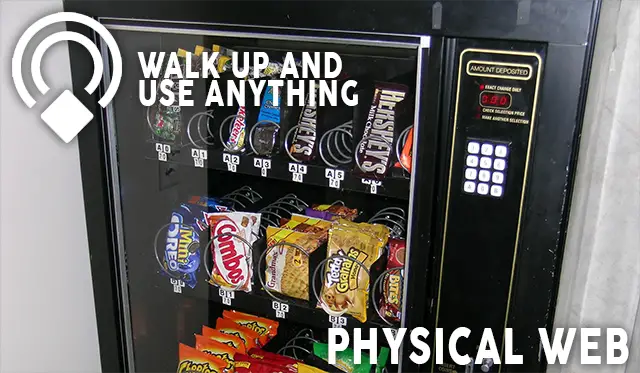
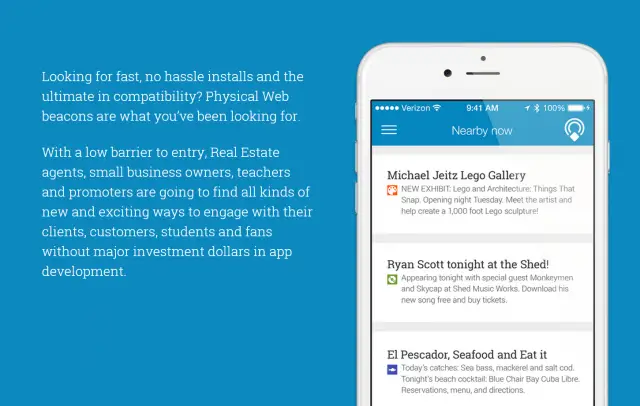



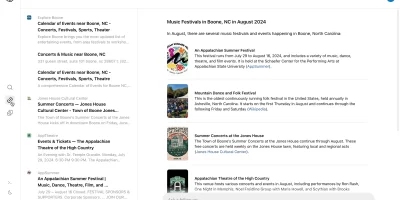
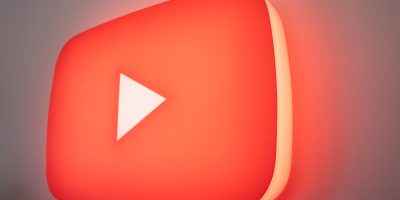
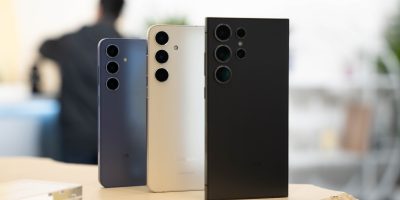




Comments